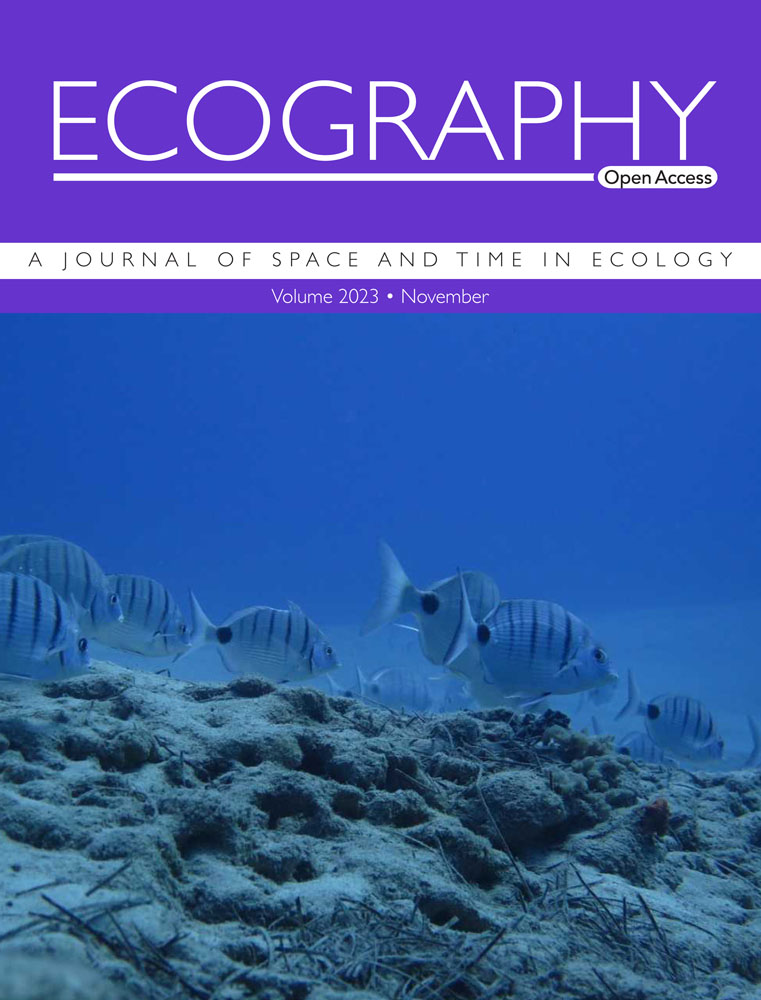Norwegian lemmings, Lemmus lemmus: a case for a strong herbivore–plant interaction
IF 5.4
1区 环境科学与生态学
Q1 BIODIVERSITY CONSERVATION
引用次数: 0
Abstract
In his classical contributions, Olavi Kalela proposed that, due to the low primary productivity of the tundra, Norwegian lemmings are locked in a strong interaction with their winter forage plants. Proposedly, Norwegian lemmings respond to the threat of critical resource depletion by conducting long-range migrations at their population peaks. A tacit premise of this conjecture is that predation pressure on the Fennoscandian tundra is too weak to prevent runaway increases of lemming populations, creating violent boom–crash dynamics. Our results on the dynamics of Norwegian lemmings on the Finnmarksvidda tundra during 1977–2017 are in line with the predictions of Kalela's hypothesis. In contrast to the Siberian and North American tundra, densities of avian predators in our study area have been low even during lemming years, and efficient ones have been lacking from lemming habitats. Lemmings have thus increased unhinged in peak summers and crashed to densities below the trappability threshold during post-peak winters. Each lemming crash has been accompanied by massive habitat destruction. Indications of predator activity have been concentrated to productive shrublands, where lemmings have never reached high densities. Young lemmings have responded to high densities by becoming extremely mobile: they have been trapped in large numbers on islands, including a small island in the middle of Iešjávri, a 10 × 8 km tundra lake. Many lemmings have been seen swimming across the lake, and many drowned lemmings have been observed. The dynamics and behavior of Norwegian lemmings recorded by us differ radically from those of other Lemmus spp., indicating that cycles generated by lemming–vegetation interactions have two alternative states – one with and the other without intense summer predation. We propose that the cycles of Norwegian lemmings shifted to the latter state during their unique evolutionary history, when they survived the Last Glacial Maximum in a tiny refugium archipelago.求助全文
约1分钟内获得全文
求助全文
来源期刊

Ecography
环境科学-生态学
CiteScore
11.60
自引率
3.40%
发文量
122
审稿时长
8-16 weeks
期刊介绍:
ECOGRAPHY publishes exciting, novel, and important articles that significantly advance understanding of ecological or biodiversity patterns in space or time. Papers focusing on conservation or restoration are welcomed, provided they are anchored in ecological theory and convey a general message that goes beyond a single case study. We encourage papers that seek advancing the field through the development and testing of theory or methodology, or by proposing new tools for analysis or interpretation of ecological phenomena. Manuscripts are expected to address general principles in ecology, though they may do so using a specific model system if they adequately frame the problem relative to a generalized ecological question or problem.
Purely descriptive papers are considered only if breaking new ground and/or describing patterns seldom explored. Studies focused on a single species or single location are generally discouraged unless they make a significant contribution to advancing general theory or understanding of biodiversity patterns and processes. Manuscripts merely confirming or marginally extending results of previous work are unlikely to be considered in Ecography.
Papers are judged by virtue of their originality, appeal to general interest, and their contribution to new developments in studies of spatial and temporal ecological patterns. There are no biases with regard to taxon, biome, or biogeographical area.
 求助内容:
求助内容: 应助结果提醒方式:
应助结果提醒方式:


